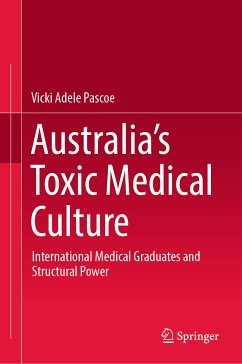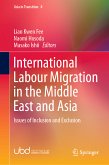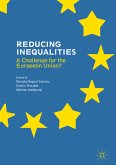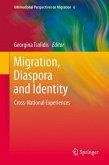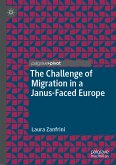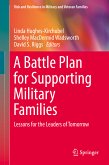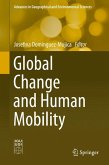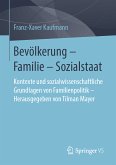It also suggests that the positioning of IMGs is organised through the dimensions of structural power, hegemonic power and interpersonal power, which allow an exploration of power relations between the structures of the health system, the Australian medical profession and the agency of IMGs. The Australian narrative presented to the world espouses a community of social justice and human rights. Instead, an historical lens traces the formation and persistence of difference represented in ethnocentrism, racism and xenophobia from 1788 to the present.
The research presented is multidisciplinary in scope. An anti-oppressive theoretical framework enables the voices of lived experience to penetrate throughout and a social justice platform engages the participants and the reader into the interwoven conversations. The data set comprises a focus group, 10 individual interviews with IMGs and a selection of inquiry submissions revealing rich and sometimes shocking evidence to paint a stark picture. Other medical voices join the conversation via media responses to revelations of experiences not only by IMGs but also by Australian-trained doctors. It exposes a toxic culture endemic with bullying and sexual harassment.
This book is of interest to practitioners, researchers and administrators in the fields of medical education, human resource management, legal studies, health sciences, social sciences, health services, government departments, universities and hospitals, as well as those tasked with duty of care and the provision of a safe workplace. The voices gifted to this study raise awareness of current issues within medicine in Australia at a very personal level and begin to formulate a policy and practical response to address these disturbing revelations.
Dieser Download kann aus rechtlichen Gründen nur mit Rechnungsadresse in A, B, BG, CY, CZ, D, DK, EW, E, FIN, F, GR, HR, H, IRL, I, LT, L, LR, M, NL, PL, P, R, S, SLO, SK ausgeliefert werden.

